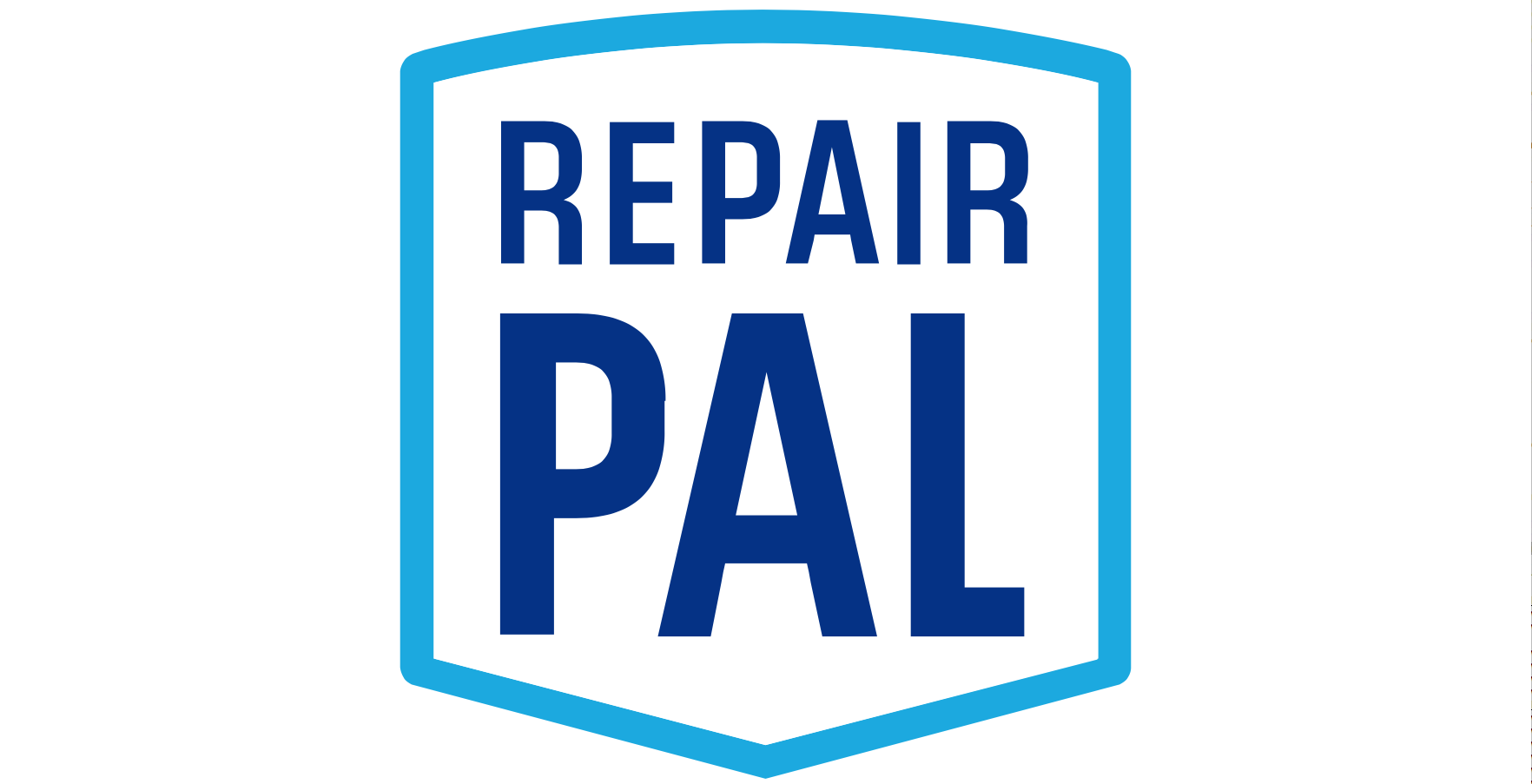How Much Does A Ball Joint Cost To Repair

Ball joints, crucial components in a vehicle's suspension system, enable smooth and safe steering and handling. They connect the wheel hub to the suspension, allowing for vertical movement and pivoting. When these joints wear out, driving becomes a safety hazard, and a repair becomes essential. But how much does it realistically cost to repair a ball joint? The answer, as with many automotive repairs, involves several factors.
Understanding Ball Joint Function and Failure
Before diving into costs, it's important to understand what ball joints do and why they fail. A ball joint is essentially a ball-and-socket joint, similar to a human hip or shoulder. It allows the suspension to move up and down while simultaneously allowing the wheels to turn. Over time, the grease lubricating the joint dries out, or the protective boot tears, exposing the joint to dirt and debris. This leads to corrosion, increased friction, and ultimately, wear. Common symptoms of a failing ball joint include:
- Clunking or popping noises, especially when going over bumps or turning.
- Vibrations in the steering wheel, indicating looseness in the suspension.
- Uneven tire wear, as misaligned suspension angles cause premature wear on specific areas of the tires.
- Wandering steering, where the vehicle pulls to one side or feels unstable.
Ignoring these symptoms can lead to more significant damage to other suspension components, such as control arms, tie rod ends, and even the steering rack. A complete ball joint failure can be catastrophic, potentially causing loss of control of the vehicle.
Factors Influencing Ball Joint Repair Costs
The cost of a ball joint repair isn't a fixed number. Several factors contribute to the final bill:
- Vehicle Make and Model: Luxury vehicles and SUVs often have more complex suspension systems and require specialized parts, driving up the cost. Some vehicles also require the entire control arm to be replaced along with the ball joint, further increasing expenses. For example, replacing a ball joint on a simple Honda Civic will likely be cheaper than replacing one on a high-end BMW X5.
- Ball Joint Type: Ball joints come in various types: upper, lower, pressed-in, and bolt-on. Pressed-in ball joints typically require specialized tools and more labor, adding to the overall cost. Bolt-on ball joints are generally easier to replace, resulting in lower labor charges.
- Labor Rates: Labor rates vary significantly depending on the location and the expertise of the mechanic. Dealerships generally have higher labor rates than independent shops. Expect to pay anywhere from $75 to $150 per hour for labor.
- Parts Costs: The cost of the ball joint itself can range from $30 to $200, depending on the quality and brand. Opting for OEM (Original Equipment Manufacturer) parts will usually be more expensive than aftermarket alternatives. While aftermarket parts can save money upfront, OEM parts are generally more durable and reliable in the long run.
- Wheel Alignment: After replacing a ball joint, a wheel alignment is crucial to ensure proper handling and prevent uneven tire wear. This typically adds another $75 to $150 to the total cost.
- Location, Location, Location: Where you get your car repaired matters. Cities with higher costs of living generally have higher labor rates for auto repair.
Estimating the Total Cost
Taking all these factors into consideration, a typical ball joint replacement can cost anywhere from $200 to $800 per ball joint. This includes the cost of the part, labor, and a wheel alignment. To get a more accurate estimate, it's best to get quotes from several reputable mechanics in your area. Be sure to ask for a detailed breakdown of the costs, including parts, labor, and any additional services, such as the wheel alignment.
DIY vs. Professional Repair
While it might be tempting to replace a ball joint yourself to save money, this is generally not recommended unless you have significant automotive experience and the necessary tools. Replacing a ball joint often requires specialized tools, such as a ball joint press, and improper installation can be dangerous. Furthermore, neglecting to get a proper wheel alignment after the repair can lead to handling issues and accelerated tire wear. For most car owners, it's best to leave ball joint repairs to the professionals.
Preventative Maintenance
The best way to avoid costly ball joint repairs is to practice preventative maintenance. Regularly inspect the ball joint boots for tears and replace them as needed. Also, ensure the suspension system is properly lubricated according to the manufacturer's recommendations. This can help extend the life of the ball joints and prevent premature failure. Also, avoid driving aggressively over potholes and rough roads, as this can put excessive stress on the suspension components.
In conclusion, ball joint repair costs vary widely depending on several factors. Understanding these factors can help you get a fair price and ensure your vehicle's suspension is properly maintained for safe and reliable driving.
